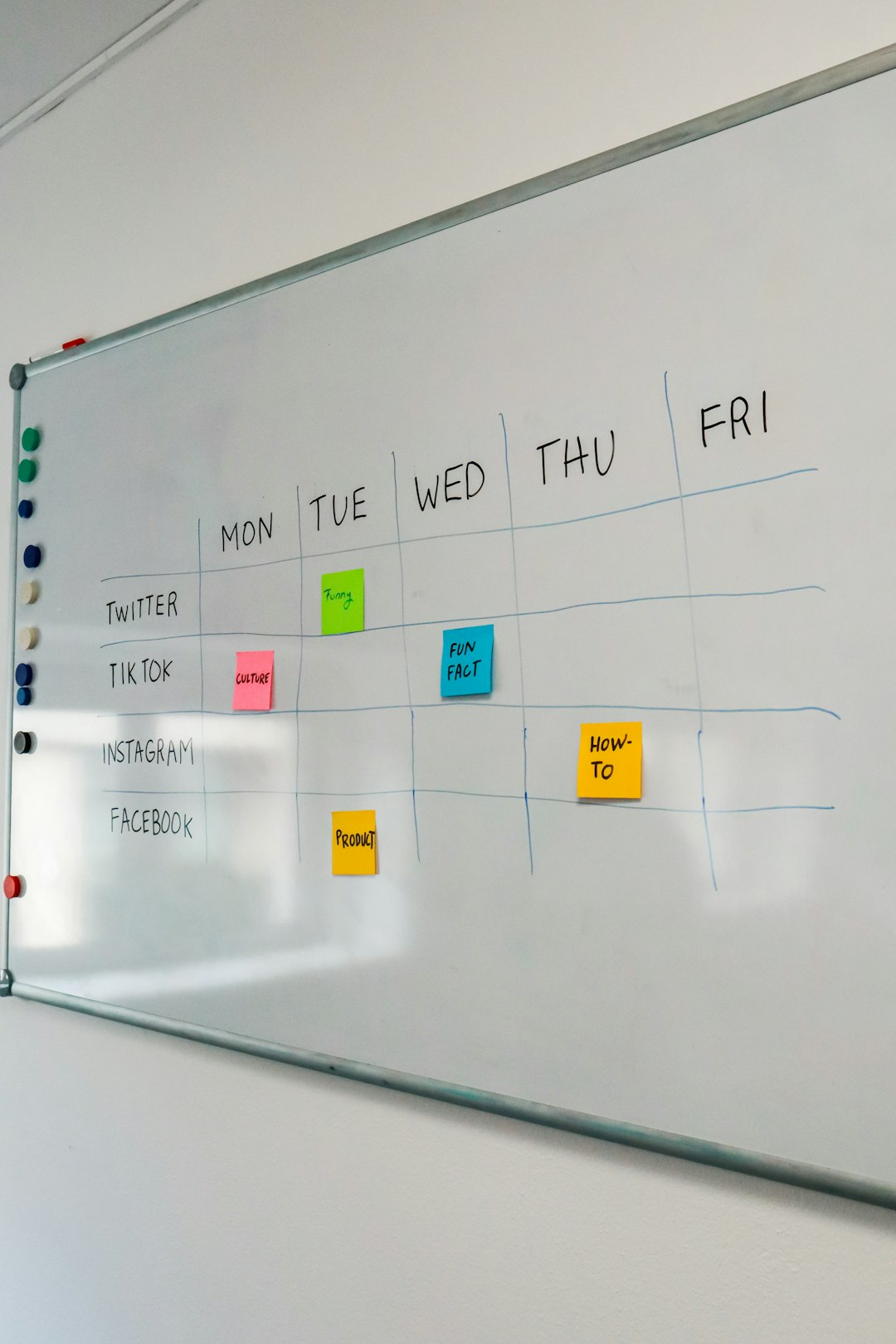Deploying AI in Human Resources sounds exciting, right? Streamlined hiring, better employee engagement, and scheduling that actually makes sense! But there’s one big question: Is it worth it? That’s where ROI—return on investment—comes in. And yes, measuring success doesn’t have to make your head spin.
TLDR: AI in HR can bring plenty of benefits, but you have to measure ROI to know if it’s actually working. Focus on time saved, cost reduced, and improvements in employee performance. Use simple metrics like recruitment time, turnover rates, and employee satisfaction scores. Track before-and-after results to get a clear picture.
Why Should You Even Measure ROI?
You’re spending money on this cool new AI tool. Maybe it writes job descriptions. Or maybe it analyzes employee surveys. Either way, you need to know if it’s making things faster, better, or cheaper. ROI helps you check that.
No one likes wasted budgets. And no one wants software that’s more trouble than it’s worth.
Step 1: Know Your Why
Before playing with dashboards and numbers, ask: “What problem am I trying to solve?”
- Is it slow hiring processes?
- Too much time spent screening candidates?
- Low employee retention?
- Clumsy onboarding?
Once you know the problem, you can look for changes where the AI tool will help.
Step 2: Set Clear, Measurable Goals
You need something measurable. “Make hiring better” is too fuzzy. Instead, try:
- Reduce time-to-hire from 30 days to 15 days
- Cut cost-per-hire by 20%
- Improve new hire retention in the first 90 days
Do a little pre-AI benchmark. What are your metrics now? You need the “before” to compare with the “after.”
Step 3: Understand the Costs
Your AI tool isn’t just the invoice you pay. Think bigger.
- Software license or subscription fees
- Implementation costs: setup, training, customization
- Change management: helping your team use it without freaking out
- Time spent getting it up and running
Add those all up. That’s your investment.
Step 4: Find the Wins—Your Returns
This is the fun part. AI tools can do amazing things in HR. So what are the possible wins?
- Reduce recruiter hours per hire
- More accurate shortlisting—leading to better candidates
- Lower turnover thanks to smarter employee programs
- Fewer manual tasks, giving HR teams more time to be strategic
- Happier employees thanks to better communication and support
Compare these gains with your original investment. Now you’re getting a sense of ROI.

Step 5: Track the Right Metrics
So, how do you actually measure success? Pick the numbers that match your goals!
Recruitment
- Time-to-hire
- Cost-per-hire
- Quality of hire (ask managers!)
Onboarding
- Time taken to complete steps
- New employee feedback scores
- 30/60/90-day retention rate
Employee Engagement
- Survey response rate and satisfaction indexes
- Internal mobility (people getting promoted or moving within the company)
Turnover Metrics
- Attrition rate before vs. after using the AI tool
- Exit feedback themes (collected via AI text analysis)
Use dashboards! Most good AI tools give you visual reports that help you see what’s working.
Step 6: Get Feedback from Humans Too
Remember: AI tools are for people. Make sure they’re helping, not confusing.
- Ask recruiters: Was the workflow smoother?
- Ask managers: Are new employees a great fit?
- Ask employees: Did feedback tools or chatbots improve satisfaction?
Success isn’t always a number. User love matters.
Step 7: Adjust as You Go
ROI is not “set it and forget it.” Make time every month or quarter to check:
- Are things still improving?
- Has your team adopted the tool?
- Should you add new features or adjust your goals?
AI gets better with use. It learns. So let it evolve with your HR strategy. Treat it like a team member, not a microwave.
Step 8: Tell the Story
You’ve got numbers. You’ve got feedback. Now build the story.
Tell your company how the AI tool saved time, improved hires, or boosted morale.
Executives love numbers. HR staff love relief. IT loves smooth performance. You need all of them on your side for scaling up.
Bonus: Pitfalls to Avoid
Avoid these common ROI measurement mistakes:
- Skipping the baseline (“before” metrics)
- Only measuring money—time saved counts too!
- Ignoring team morale and user feedback
- Not training your team to actually use the AI tool well
Don’t let the tool be that cool toy no one touches after day one.
Final Thoughts: Make It Fun and Meaningful
AI in HR is a game changer—but only if you know how to measure what matters.
Keep it simple:
- Start with a problem
- Set clear goals
- Measure key numbers
- Talk to your people
- Revise as you learn
When done right, AI tools create magic. Your HR team goes from chasing paperwork to focusing on people. That’s not just ROI—it’s HR with superpowers.
